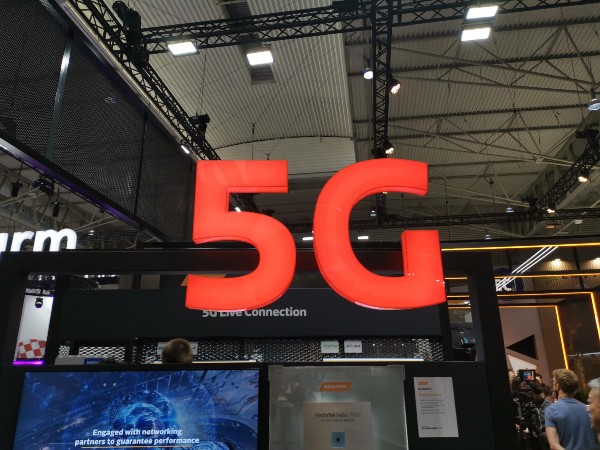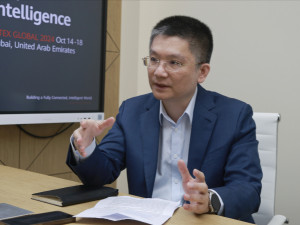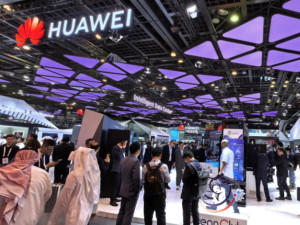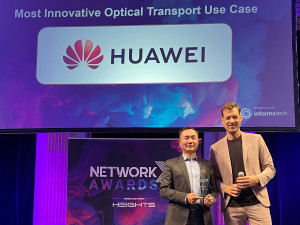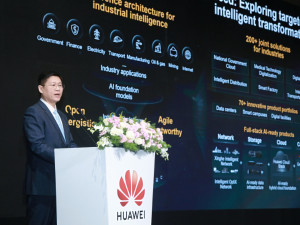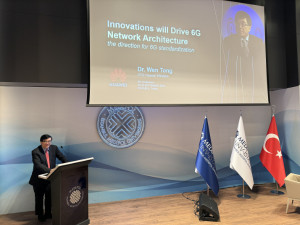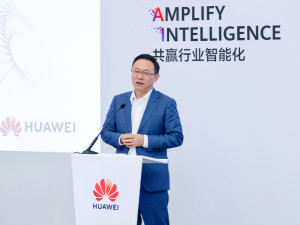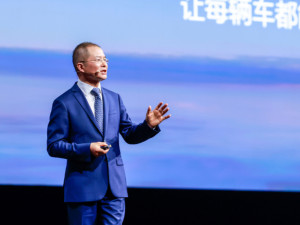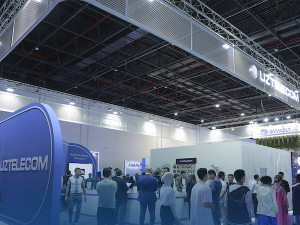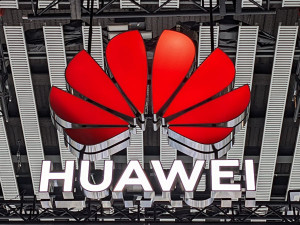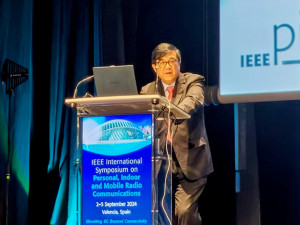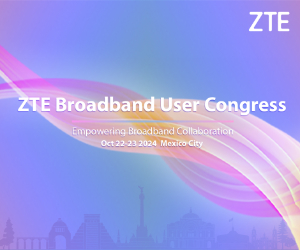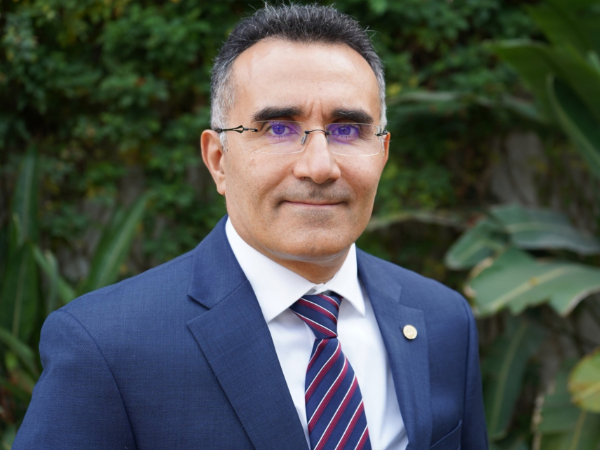Huawei has announced the first commercially available optical cross-connect optical transport network. Alec Barton from Developing Telecoms recently met Alex Duan, General Manager of the WDN business line to find out more.
DT: What is an optical cross-connect plus optical transport network (OXC+OTN) solution and what is it intended to do?
OXC+OTN is a backbone and metro network solution featuring all-optical switching, full mesh and one-hop transmission between data centres (DCs). The solution enables network operators to reconstruct backbone networks to become data centre-centric and provide wavelength/sub-wavelength connections between DCs and from DCs to Central Offices (COs). OXC+OTN delivers ultra-high bandwidth and ultra-low latency to enable operators to meet the surging data traffic demands of end users, enterprises, internet content and cloud service providers.
DT: Why do operators need cloud based optical transport network solutions?
Many network operators today have significant gaps in their network capabilities and performance which reduce their competitiveness. The rapid development of internet and cloud services is placing huge demands on transport networks. Traffic between DCs is forecast to grow by 50% over the next few years and inter-data centre traffic will become the main type of traffic on backbone networks.
In this new environment operators need to evolve their backbone networks, which were originally designed for traditional telecom services, transitioning them to a flexible, data centre-centric architecture to optimise them for web-scale, cloud-based data services. Huawei has identified three critical performance area gaps shared by many operator networks:
- Business gap: Operators are not agile enough with new services, take too long to get new services to market and find it hard to compete against OTT content and services providers who respond more quickly and flexibly to enterprise and consumer trends. To address this gap operators must transition to automated, on-demand networks, supported by resource pooling to make better use of existing and new network resources to deliver content and services faster, more flexibly and efficiently across the network.
- Operations gap: Traditional operator networks are inefficient, requiring very high staff levels to perform manual operations and maintenance (O&M). In a typical operator today one engineer is required for every 20-50 servers. By comparison, Google employ one O&M engineer per every 10,000 servers. As operators move towards the all-cloud era they need to modernise the basic architecture of their networks by migrating their operations systems, network architecture and hardware resources to the cloud.
- Network gap: Network traffic is expanding faster than many operators can handle, creating unpredictable patterns of network use and latency problems. The explosion in data traffic means that the traditional structure of networks is no longer appropriate. Network operators now require data centre-centric networks that enable mesh connectivity between network nodes and one-hop service transmission between DCs using cloud optics. This shortens the network path for services to reduce latency and ensures real-time exchange of data between DCs in order to meet the demands of cloud services as operators move to the all-cloud era.
DT: You have talked about cloud optics and the all-cloud era. Can you explain these concepts?
In the past 20 years we have already passed through two eras, the TDM era and the all-IP era and we are now moving towards the all-cloud era which will enable network operators to continue meet the demands of customers for bigger, faster, zero-latency data services. Cloud optics is the first step towards all cloud networks, addressing the optical transport layer and optical cross-connection which have until now been power-hungry, unreliable and expensive.
DT: How does OXC+OTN fit in to Huawei’s cloud networking solution?
The Huawei Network Cloud Engine (NCE) is a unified network platform which integrates IP, optical, metro, backbone, access and other network layers on a single, fully automated, end-to-end, common network engine. NCE closes the business, operations and network gaps enabling operators to realise whole life-cycle planning, management and control of the networks, to drive O&M efficiency, reduce staffing levels and increase profitability. NCE automates network functions and analytics and in the future, as networks evolve Huawei expects to deliver autonomous networks.
DT: How does OXC+OTN fit in to NCE and what does it offer operators?
OXC+OTN permits operators to add an optical transport layer within the NCE to cope with increasing data demands. This makes it possible to configure networks to all-optical transport from the DC to Central Offices in a single hop and to create optical metro networks on a tree/star architecture, reducing the number of hops and extending optical transport deeper into their networks.
The OTN layer is fully integrated with other network layers on the same platform giving operators greater capacity and more choices. OXC+OTN makes it easier to groom traffic for load equalisation and to implement resource pooling to reduce latency. Other benefits from using an all-optical network are a simplification of network architecture, reduction in power use and lower O&M costs.
DT: What makes this solution different from other optical transport solutions?
Huawei’s optical backplane is a unique feature. Similar in form to a standard rack mounted blade and covered by over 30 patents the OXC is a result of Huawei’s long term investment in research and development. The Huawei optical backplane addresses the problems created by all-optical solutions, including the current ROADM technology, of the complexity and unreliability of fibre connections. OXC simplifies the connections inside the system to greatly reduce power consumption, heat output and the possibility of errors. Huawei is the industry pioneer optical backplanes and following over 10 years in development OXC is now in commercial scale manufacture.
DT: How competitive is OXC+OTN for operators in emerging markets compared to the disaggregated optical solutions based on existing ROADM technology which are increasingly popular?
Huawei is a system vendor providing end-to-end solutions. We understand that operators want to examine a range of solutions including disaggregation but are confident that our complete system solution will enable customers to simplify networks, deliver more agile services and will offer better value and performance through the whole product life-cycle. The first customers for our solution will be Chinese operators, all of which are planning to deploy OXC early in 2018. We are in discussion with many other operators, particularly in emerging markets, and expect to announce further deployments soon.




